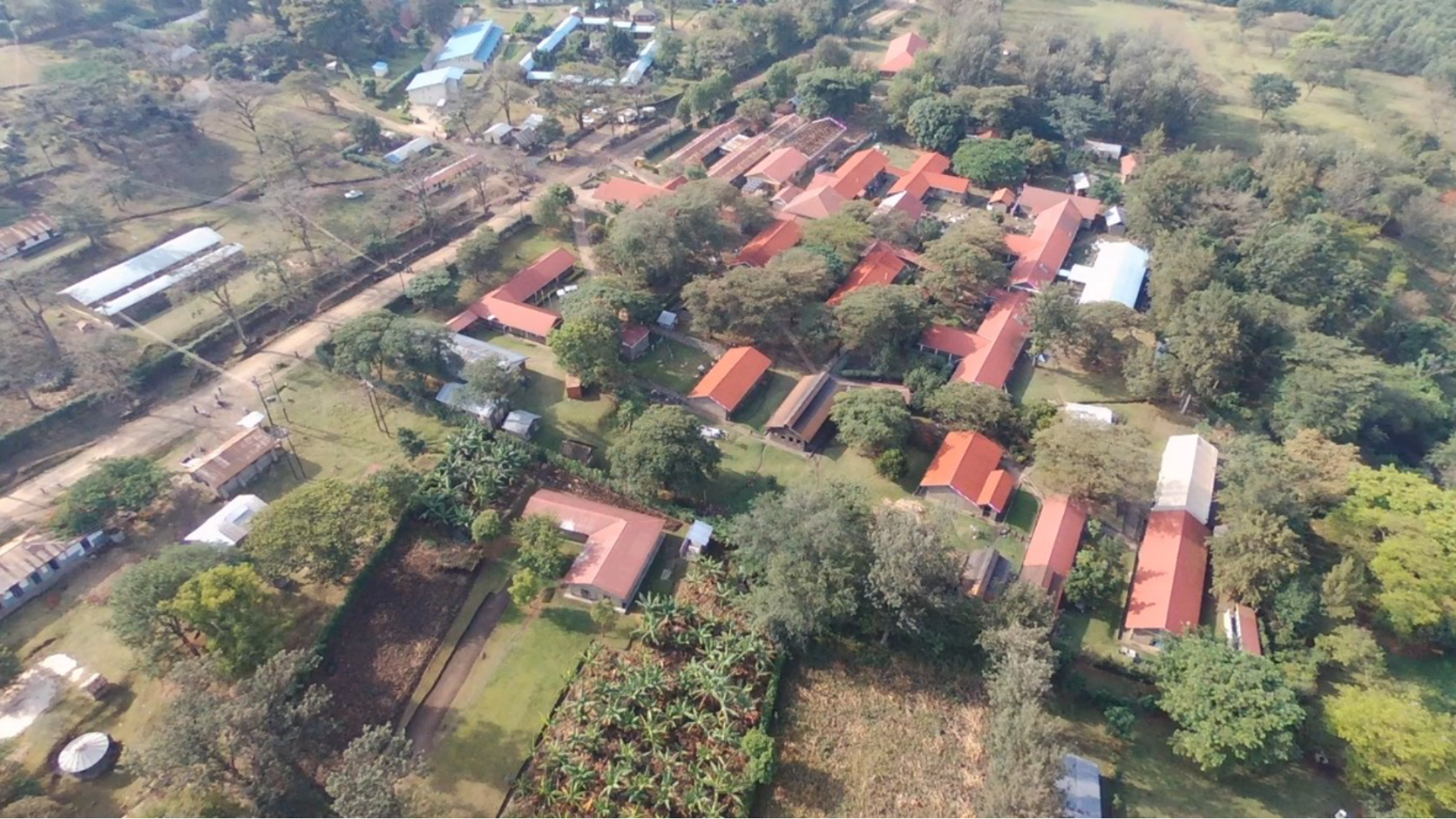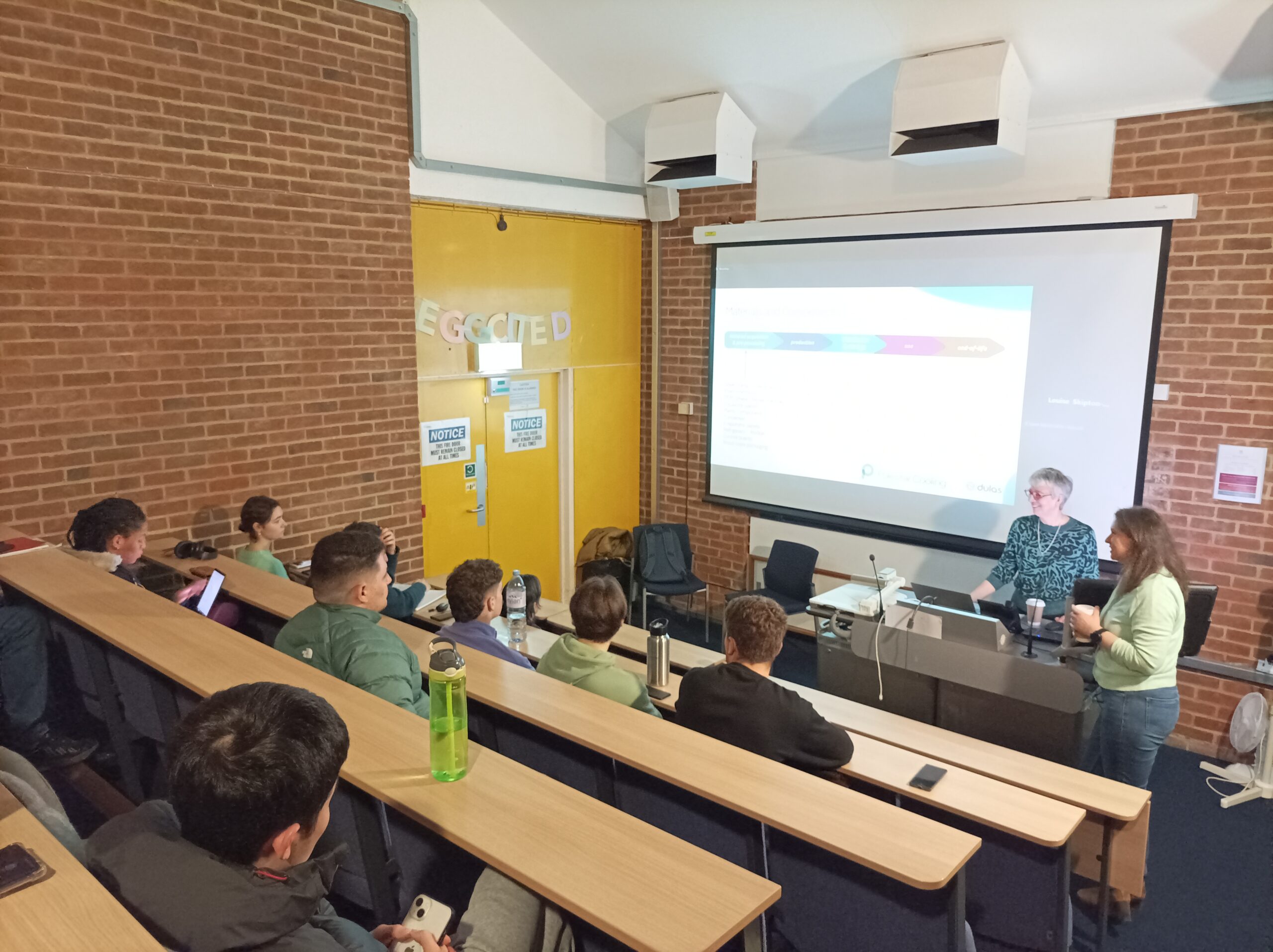Lord Peter Hain, former energy minister to Tony Blair’s Government, declared in relation a recent study by Marine Energy Wales, that there is “massive untapped potential” around the Welsh coastline. He urged Wales to “make the industry a priority” and to drive progress as a matter of urgency, via Government and private funding.
In pursuing such ambitions, Lord Hain believes that Wales could establish itself as global leader in the industry.
His comments were made as Marine Energy Wales published their 2020 ‘State of the Industry Report’ which outlines the 16 marine installations currently in development across Wales. Between them, these projects are estimated to create 3000 jobs over the next ten years.
The report also states that investment in such projects has increased by £27.5m over the past year alone.
Mark Drakeford, First Minister for Wales stated that “our ambition [is] to build a thriving industry generating well-paid jobs and business opportunities in Wales. We want to continue to attract developers from around the world to Welsh waters.”
Any authoritative Government support for renewables is clearly a positive thing and Dulas welcomes the news that such political heavyweights view renewables infrastructure as a vital foundation for Wales’ future. Wales has always made enormous leaps and bounds as a crucible of renewables technology. The Centre for Alternative Technology (the company where the founders of Dulas originally met each other) is in mid-Wales, just up the road from Dulas’ headquarters, and both companies have been advocating for green technologies for decades.
And from hydro installations in Snowdonia, to solar farms in the southern valleys, Wales has always led the way, regardless of the political leanings of incumbent ministers. But it is obvious that the ability to make lasting and meaningful change relies upon the support of both Westminster and The Senedd, so it is not insignificant to have the backing of authoritative figures such as Lord Hain and Mark Drakeford.
Without political will, it is difficult to enact change on a scale that will truly revolutionise our energy provision. In 2018 for example, the plans for the £1.3bn Swansea Tidal Lagoon plant were rejected by the Government, immediately halting four years of preparatory work by multiple agencies.
If the Lagoon had received support, the facility would have become a world first and would have created thousands of jobs in construction and operation. In addition, the trailblazing nature of the project would have created industry-leading experts among those involved in it.
Partners including Atkins, General Electric, Andritz Hydro, Laing O’Rourke and Alun Griffiths Ltd were deeply disappointed by the Government’s “myopic” decision.
Speaking at the time, former first minister Carwyn Jones wrote that, “Sadly, the UK Government’s short-sightedness and complete lack of ambition thwarted this project, which could have positioned the UK as a world leader in a new global industry. There are serious questions for the Wales Office to answer about the strength of support they have offered to Wales and to this project.”
Drakeford’s comments within the 2020 report seem to serve as a restitution to the decision. He writes that, “our aim is to generate 70% of our energy from renewable sources by 2030. The marine energy sector can play a significant role in helping Wales achieve this target and will be closely aligned with Wales’ first National Marine Plan.”
Donald Speirs, Business Development Manager for Dulas writes that, “we welcome the positive statement encapsulated in the report. There is clearly a lot of solid development going on around Wales but we must continue to build on this and not be afraid to be innovative and original. Everybody knows that marine energy is a long-term and sustainable economic win, and Wales’ future depends on bold investment decisions from leaders who are able to see this long-term vision.”
If ministerial will is now bent on renewables development, this marks a new and exciting chapter for Welsh economic and technological progress. The report outlines that if the currently proposed projects are able to get off the ground, the industry could have an export value of £76bn within the next thirty years.
Lord Hain urges that “This is not a time to sit back and wait for a few years to come, when the economy picks up again; this is to make sure the economy picks up soon by investing now”.
Current projects in the works include the £7 billion North Wales Tidal Energy lagoon, £590m Mostyn Seapower Lagoon, the Minesto ‘kite’ energy capture off Anglesey, the £17m Bombora wave energy project in Pembrokeshire, the £8 Billion Cardiff lagoon and a new project for Swansea, the ‘Dragon Island’ energy plant, an island built to generate underwater and solar power.
Secretary of State for Wales Simon Hart said: “Renewable energy projects in Wales will play a vital role in the UK government’s work to reach our aim of net-zero emissions by 2050. The UK is a leader in technologies that harness the clean, natural energy of our tides and offshore wind. The development of these projects in Welsh waters could create hundreds of sustainable jobs and accelerate the shift to clean growth.”
Henry Dixon, the Chairman of the Tidal Range Alliance, a Working group of the British Hydropower Association, added: “Hitachi’s decision to withdraw from Wylfa B follows hard on the heels of news from Hinckley B and Hunterston that they are to close early.
The reliability and predictability of tidal range lagoons offers Wales an energy source that can support other, less reliable, renewable energy sources as well as providing large spinning turbines that will make a significant contribution to grid stability and security. There is an opportunity here that should not be missed”.
From all at Dulas, we hope that such endorsement continues to flow from our political centres. If political will continues to align with low-carbon energy solutions, Wales’ future could look very bright indeed!





